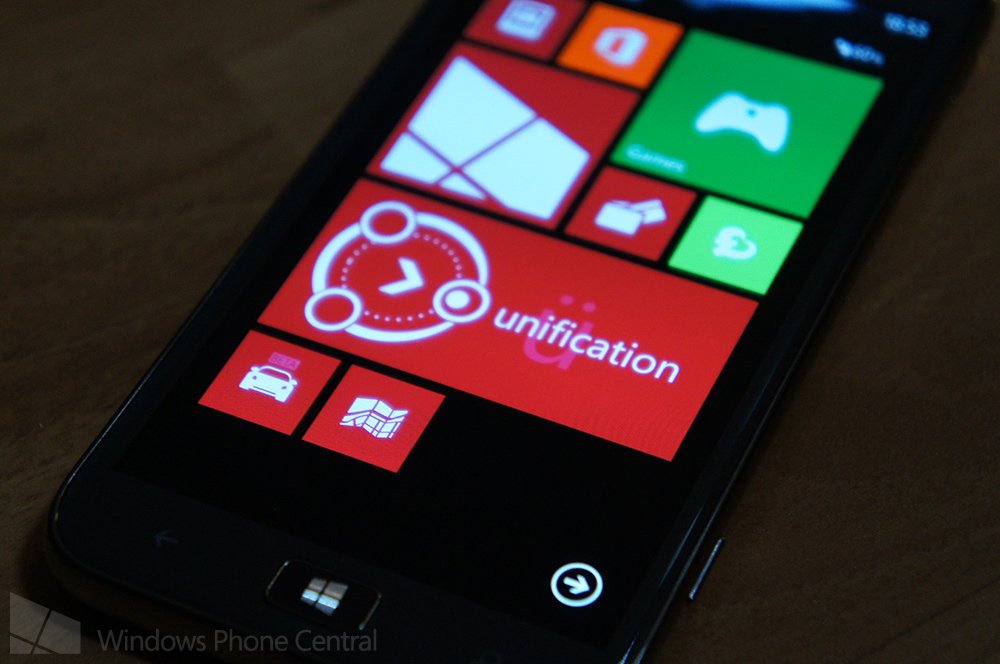Developers: Implement Unification support in your apps, the community demands it

We've covered the Unification service fairly extensively here at Windows Phone Central and have continued to support Liquid Daffodil with attempts to drum up interest from developers to implement support for Unification in their apps. We've got some numbers to share with you all today with how the Unification service is shaping up and how the community is getting involved.
tl;dr if you haven't yet connected your app with Unification, you may wish to do so.
It has been revealed that Liquid Daffodil has received thousands of requests from both the Windows and Windows Phone consumer base. The team is averaging approximately 120 app requests each and every day, and this isn't including those who contact developers directly with said requests. It's clear that many want a centralised location for notifications and until Microsoft implement such a feature, Unification is the only solution.
While developers continue to trickle support through app updates and more, the service is serving more than a million notifications every week. That's not bad for a third-party notification centre, which currently doesn't sport strong developer support. We're looking at nearly 150,000 notifications per day. Cool fact: the highest percentage of notification actually come through our own Windows Phone Central app!
Whatever the reason may be for developers not wanting to add support, Liquid Daffodil has published this video to run through how easy it is to implement the necessary code:
Along with the above resource, the team has also provided some information to help drive interest. What's interesting to note is how Unification itself is not simply a history of toast notifications displayed in a handy list, but is more of a robust mechanism developers can take full advantage of to communicate content directly to users. This could open up the following scenarios:
- Global communication of updates, bug fixes, general notes to all users
- Group or individual notifications of specific information, such as notifying users of a special or hidden feature, wherein they can take action in Unification via App-to-App Communication. (i.e.; 'tap' this notification to extend your Trial, or Unlock a Feature, etc.)
- Communicate more detailed information than what's possible with toast notifications, which are restricted in length
- Fire out content and alerts that are an alternative to toasts, which will still be received even with toast notifications turned off for the app
- Ability for users to translate notifications into their own language, without developers having to provide localized notifications for hundreds of languages.
That's a solid list of possibilities, which opens up a new level of interaction with consumers. Here's how the team sums up Unification:
Get the Windows Central Newsletter
All the latest news, reviews, and guides for Windows and Xbox diehards.
"Unification is an Enterprise-level suite of services, hosted and managed via Windows Azure that has been created to provide developers of Windows-based systems a way to meet the needs of their users, and was originally planned to be for Liquid Daffodil apps only. When it was confirmed that Microsoft would not be providing a similar service, a number of developers thought it made sense to offer it to the developer community “at large” and we agreed. "
If you're not up to waiting for Microsoft to eventually add a notification center in a future update (nothing has been confirmed thus far) and are interested in adding Unification support to your app(s), be sure to get in touch with Liquid Daffodil (unifyus@liquiddaffodil.com) for more details.

Rich Edmonds was formerly a Senior Editor of PC hardware at Windows Central, covering everything related to PC components and NAS. He's been involved in technology for more than a decade and knows a thing or two about the magic inside a PC chassis. You can follow him on Twitter at @RichEdmonds.
